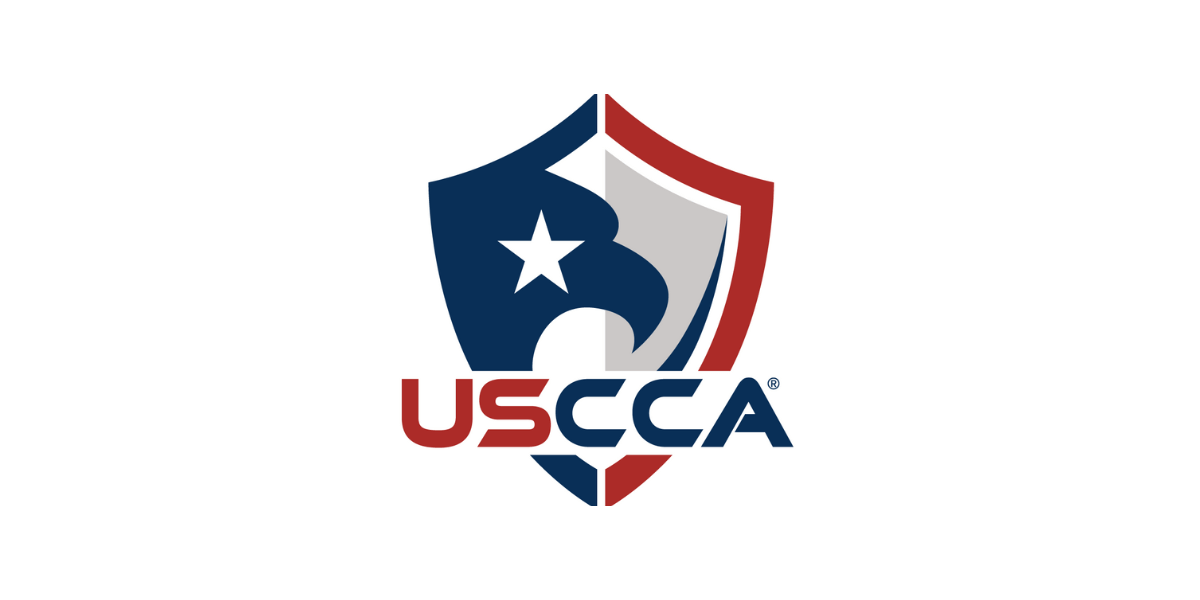 Uber, Lyft and other for-hire vehicle (FHV) rides in New York City are going to cost more starting in January. The fare increase brings to light a larger employment issue that could have broad implications on the employer-employee relationship in the FHV industry as well as in other professions.
Uber, Lyft and other for-hire vehicle (FHV) rides in New York City are going to cost more starting in January. The fare increase brings to light a larger employment issue that could have broad implications on the employer-employee relationship in the FHV industry as well as in other professions.
Currently, app-based FHV companies consider their drivers to be independent contractors, meaning employers are not required to pay them minimum wage, provide insurance benefits, paid time off or other benefits. Drivers are also responsible for purchasing or leasing their own vehicles, in addition to maintaining them and keeping up to date on inspections.
At issue is the potential gray area between who is considered an actual “employee” and who is an “independent contractor,” that is, who is entitled to employer-provided benefits and who is not.
In a July, 2018 decision, the New York State Unemployment Insurance Appeal Board upheld a Department of Labor decision in favor of three former Uber drivers who were denied unemployment insurance. Two of the drivers had been “deactivated” from Uber for unfavorable ratings, while the third quit because of pay below minimum wage.
The Board, in its decision, noted that although “Uber contends that it is merely a technology platform that connects Riders to Drivers, its business is similar in many respects to other more traditional car service companies. Here, the technology merely replaces much of the duties of an employee-dispatcher to dispatch a trip request solely to the nearest driver who may accept the dispatched assignment.”
Further, the Board determined that the drivers were, in fact, Uber employees because of the company’s “sufficient supervision, direction or control of the three claimants and other similarly situated Drivers” and thus, eligible for unemployment benefits.
The decision could have huge implications for Uber, Lyft and other FHV companies with independent contractors who may claim that, based on this case, they are entitled to benefits. The decision could also affect other employers in a variety of fields and industries that employ independent contractors.
The decision in this case also may have been a factor that led to the New York City Taxi and Limousine Commission’s (TLC) recent decision to instate a minimum wage for FHV drivers. The TLC voted on December 4, 2018, at the request of the New York City Council, to establish a minimum wage for FHV drivers, effective January 1, 2019.
The vote followed a report that indicated New York City drivers for companies such as Uber and Lyft are underpaid, making less than the soon-to-be New York City minimum wage of $15 per hour (effective December 31, 2018). New York City Mayor Bill de Blasio responded to the report with a signed bill requiring the TLC to establish a base pay rate for drivers. The Independent Drivers Guild had also called on the Commission to instate a minimum pay rate for drivers in New York City.
Based on findings in the report, the Commission proposed an hourly minimum wage of $17.22. The $17.22 figure is the independent contractor equivalent of minimum wage with an allowance for paid time off, according to the report, which was produced by the Center on Wage and Employment Dynamics (CWED) and commissioned by the TLC.
The wage increase affects app-based FHV companies that dispatch more than 10,000 trips daily, according to the report, which, in addition to Uber and Lyft, currently include Via and Juno. Yellow cabs are not affected.
The report indicates that the majority of New York City’s FHV drivers currently work full time, making 85 percent less than the proposed wage and that driver pay is low because companies depend on having a large ready-pool of available drivers. “Hourly pay is low in large part because the industry depends upon a ready availability of idle drivers to minimize passenger wait times,” according to the report. “The proposed policy would increase driver net earnings (after expenses) by 22.5 percent, or an average of $6,345 per year among the 85 percent of drivers who would get increases.”
Takeaways
Employers, regardless of their particular industry, should make sure that they stay abreast of all federal and state employment laws, with particular regard to practices related to independent contractors. For more information about employing independent contractors and this evolving area of employment law, contact an experienced labor and employment attorney.
Allen A. Shoikhetbrod, Esq. is an attorney at Tully Rinckey PLLC in Albany, NY. He focuses his practice on federal, state and private employment law matters, including claims of discrimination, harassment, retaliation, qui tam and whistleblower actions, and disciplinary matters.







